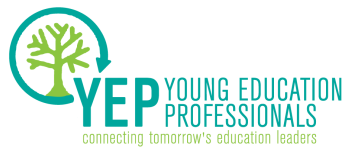In addition, textbooks in both math and science are dramatically shorter in Japan, Germany, and other top-ranked countries. “Topics carefully build on each other, problem sets are carefully selected, and lessons are problem-based,” writes math teacher Bill Jackson. “They also contain fewer topics per grade level. This allows [students] to spend more time on fewer topics to learn them for mastery instead of learning superficially and repeating the same topics year to year like most U.S. math textbooks.”
Perhaps the most cited study on the issue of depth versus breadth was published in 2008 in Science Education. Authors Marc Shwartz, Phillip Sadler, and Robert Tai studied high school science teaching and found that while depth enhances student growth and ability to succeed in college, the “exposure” approach actually did damage, wasting valuable academic time to no net effect. Importantly, it’s also been shown that to succeed on a standardized test chock full of content, students don’t need direct exposure to each content item but rather the skills that allow them to access the content.
The depth argument, despite all of the data to support its effectiveness, has a troubling side as well. When educators choose depth, they are choosing to select, and thus exclude, content. This raises issues around personal biases and political motivations, which doesn’t serve our students well either. We know educators teach best what they teach most passionately, but even the most compelling presentation may not sway a student simply uninterested in the topic. The balance, though, between breadth and depth may lie in the idea of a “flipped classroom,” where students learn concepts outside of class, as “homework,” but apply them in projects and other assignments in class, where teachers can guide deeper learning. This model can be expanded to allow students to self-pace, giving them more autonomy and responsibility for their learning. In schools like mine, where most students spend their “free time” working, the video-based instruction often used in flipped classrooms can still be folded into the school day for students who need to plug gaps in their understanding, rather than repeating material they already know.
From a policy perspective, two things must happen to successfully shift our mindsets to the depth of learning that comes along with the Common Core. First, states must scale back the content standards that have been the base of curricula for so long; and second, teachers and administrators must acknowledge that although tests are standardized, they don’t require a “traditional” model of instruction. Common Core-aligned assessments are finally guiding us toward depth and rigor; it’s time to leave the “exposure” approach behind.
Scott Goldstein is a social studies and ESL teacher at a D.C. public charter school. He can be reached at scottaudc(at)gmail(dot)com or on Twitter (at)ScottGoldstein.

 RSS Feed
RSS Feed